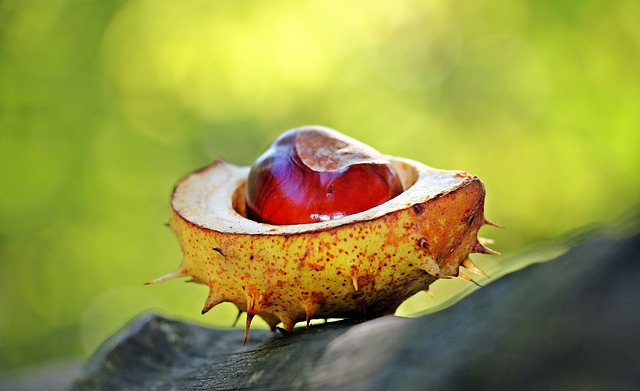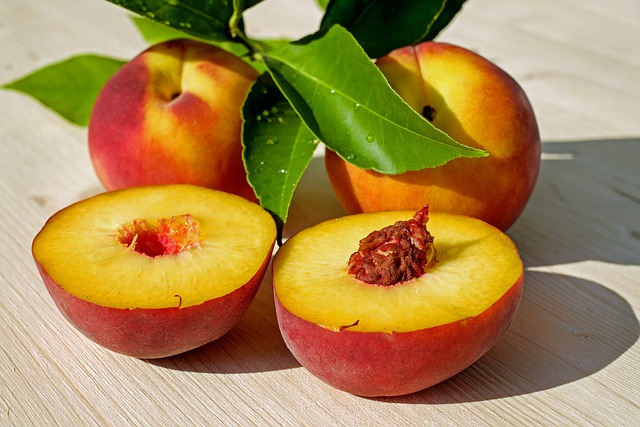Probiotics 101: Understanding the Benefits and Types of Live Cultures
Probiotics are live microorganisms that provide various health benefits when consumed in adequate amounts. They are often known as ‘good bacteria’ and are commonly found in foods or dietary supplements. Probiotics contribute to the natural balance of microorganisms in our gut and play a crucial role in maintaining a healthy digestive system.
Benefits of Probiotics
The consumption of probiotics has been linked to numerous health benefits. Here are some of the key advantages:
1. Improved Digestive Health
Probiotics help maintain a healthy balance of gut bacteria, promoting improved digestion. They can help alleviate common digestive issues such as constipation, bloating, and diarrhea. Certain strains of probiotics have also shown promising results in managing irritable bowel syndrome (IBS) symptoms.
2. Strengthened Immune System
A significant portion of our immune system resides in the gut. Probiotics support a healthy gut microbiome, which in turn enhances immune function. Regular consumption of probiotics can reduce the risk of respiratory infections, such as the common cold, and may even help prevent allergies and eczema in infants and children.
3. Enhanced Nutrient Absorption
Probiotics aid in the breakdown and absorption of nutrients from the food we eat. They produce certain enzymes that help break down complex carbohydrates and proteins, making them more accessible for our bodies to absorb. This can lead to improved overall nutrient absorption, ensuring that we get the most out of the food we consume.
4. Mood and Brain Health
Interestingly, there is a strong connection between our gut and brain, often referred to as the gut-brain axis. Probiotics can influence the production and regulation of certain neurotransmitters, such as serotonin, which plays a key role in mood regulation. Some studies have shown that certain strains of probiotics may help reduce symptoms of anxiety, depression, and mental fatigue.
Types of Probiotic Cultures
There are several types of live cultures commonly used as probiotics. Each strain possesses unique characteristics and health benefits. Here are some of the most well-known types:
1. Lactobacillus
Lactobacillus is one of the most common probiotic strains. It is naturally found in the digestive and urinary systems and also in fermented foods like yogurt and sauerkraut. Lactobacillus helps with the digestion of lactose, improves nutrient absorption, and supports a healthy vaginal microbiota.
2. Bifidobacterium
Bifidobacterium is another widely used probiotic strain. It is predominant in the lower intestine and helps maintain a healthy intestinal microbiota. Bifidobacterium has been associated with improved digestion, enhanced immune function, and a reduced risk of diarrhea.
3. Saccharomyces boulardii
Saccharomyces boulardii is a yeast probiotic that has been extensively studied for its beneficial effects on gastrointestinal health. It can help prevent and treat diarrhea associated with antibiotic use or gastrointestinal infections. Additionally, it may reduce the risk of recurrent Clostridium difficile infection.
4. Streptococcus thermophilus
Streptococcus thermophilus is commonly used in the production of yogurt and other fermented dairy products. It aids in lactose digestion, improves overall digestion, and supports a healthy gut environment.
5. Escherichia coli Nissle 1917
Escherichia coli Nissle 1917, also known as Mutaflor, is a probiotic strain that has been shown to support the integrity of the intestinal lining, suppress harmful bacteria, and reduce inflammation in certain digestive disorders.
Choosing the Right Probiotic
When selecting a probiotic supplement or incorporating probiotic-rich foods into your diet, consider the following:







